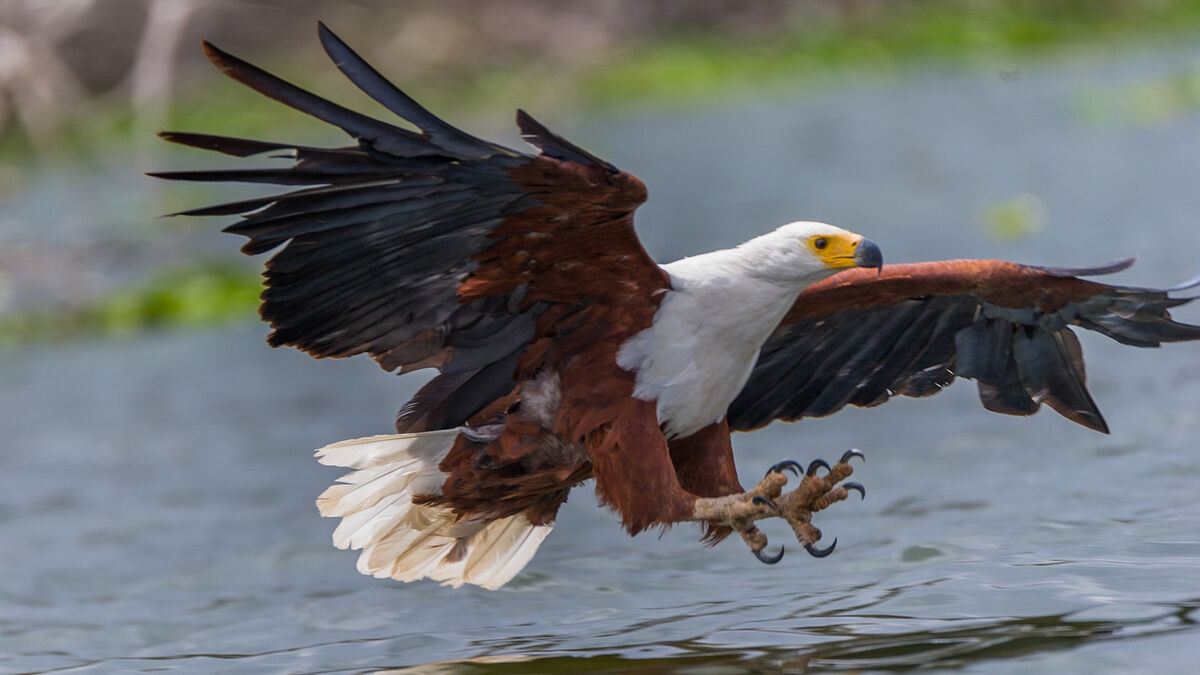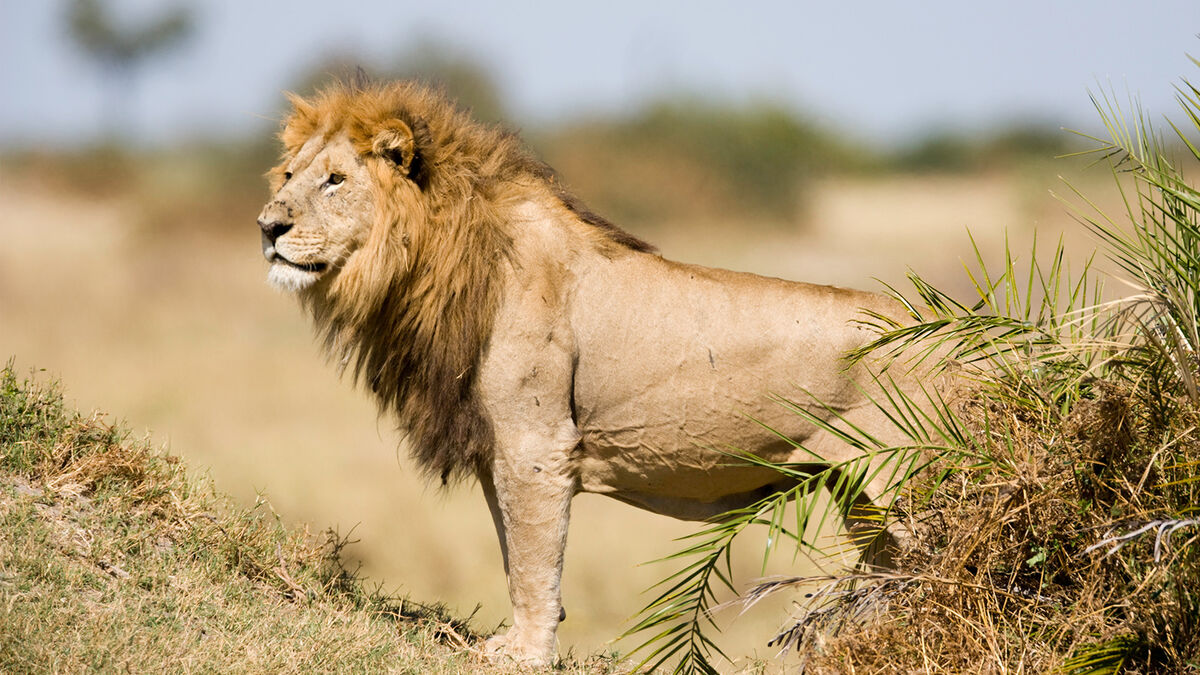
You may have heard the terms carnivore and herbivore before. But what is a carnivore, and how can you tell if you’re looking at one? Keep reading for helpful definitions of different eating behaviors and examples of carnivores.
Definition of a Carnivore
Carnivores are meat-eating animals from the order Carnivora. They hunt, kill, and eat the flesh of other animals in their ecosystems as sustenance. Carnivores typically have longer and sharper teeth than other animals that help them attack prey, and they tear meat when they hunt.
They differ from other heterotrophs, which also consume other organisms, in the following ways:
- Carnivores eat other animals.
- Herbivores eat plants and seeds.
- Omnivores eat both plants and animals, including insects and/or larvae.
Depending on where they fall in their food chain, carnivores may be the apex predator in their habitat. Carnivores that are lower in the food chain may be hunted by other carnivores. Each predator/prey relationship depends on the specific ecosystem.
Types of Carnivores
While all carnivores eat other animals, they don’t always have the same diet. You can get more specific with the type of carnivore you’re talking about by looking at its prey. Different types of carnivores include:
- Avivores are bird-eating carnivores.
- Insectivores are insect-eating carnivores.
- Molluscivores are mollusk-eating carnivores.
- Piscivores are fish-eating carnivores.
Examples of Carnivores
You can find examples of carnivores in every ecosystem on earth. Whether they live on land, in the water, or in the air, there is always a bigger animal waiting to prey on a smaller animal. In some cases, you can even find carnivorous plants that wait for their insect prey because they can’t hunt for them. Here are some examples for meat-eating animals and plants in different ecosystems.
Land Carnivores
Land-dwelling carnivores have evolved for optimal hunting behavior. These adaptations include keen eyesight, bendable wrists for jumping after prey, and high levels of speed for outrunning animals. Carnivores on the land may hunt other land-based animals, or they might catch swimming or flying animals as well.
Check out these examples of carnivores that live on the land:
- badger
- back bear
- cheetah
- cougar
- giant panda
- house cat
- hyena
- jackal
- leopard
- lion
- lynx
- mongoose
- polar bear
- raccoon
- red fox
- skunk
- weasel
- wolf
- wolverine
Each of these carnivores depend on smaller animals to hunt and eat as sustenance. However, the animals they hunt depend on their ecosystem. Raccoons and lions are both carnivores, for example, but raccoons eat insects and fish while lions hunt zebras and gazelles.

Aquatic Carnivores
Meat-eating animals live in the water, too. Both saltwater and freshwater carnivores get their food by hunting and eating fish, amphibians, crustaceans, and other herbivorous and omnivorous animals. Ocean, river, lake, and pond ecosystems all depend on carnivores to stay balanced.
Here are some examples of aquatic meat-eating animals in saltwater and freshwater habitats:
- alligator
- crocodile
- dolphin
- great white shark
- orca whale
- otter
- salmon
- sardine
- seal
- squid
- tuna
- walrus
You may think that the great white shark is the apex predator of the ocean ecosystem. But actually, the orca (or “killer”) whale has been known to hunt and eat white sharks. Each of these predators help to regulate the fish supply of the oceans, just like how crocodiles and otters manage the fish population in freshwater habitats.

Flying Carnivores
Many carnivores swoop down on their prey from the skies. These skilled hunters are always searching the ground for small insects and animals. They use sharp, hooked beaks and talons to grab and eat their prey. Insectivorous birds, such as sparrows, bluebirds, and swallows, have blunt beaks that are ideal for catching worms and other invertebrates.
Here are some examples of carnivorous birds:
- chicken (insectivorous)
- crane
- crow (insectivorous)
- duck
- eagle
- flycatcher (insectivorous)
- hawk
- owl
- pelican
- penguin
- phoebe (insectivorous)
- sandpiper
- sparrow (insectivorous)
- swallow (insectivorous)
While birds’ diets are limited by their ecosystems, they typically have many types of prey to choose from. A hawk may hunt a mouse, a lizard, or a snake if they’re available. Penguins usually choose from the selection of fish in their habitat (and avoid the seals who are trying to hunt them).
How Animals Stay Alive
Carnivores hunt other animals in order to feed themselves and their offspring. Like other heterotrophs, they both depend on and help to maintain the ecological balance in their food chains. Check out more examples in an article about heterotrophs in different food chains.